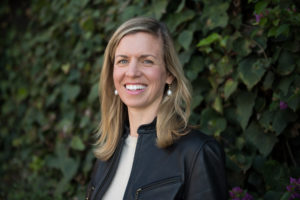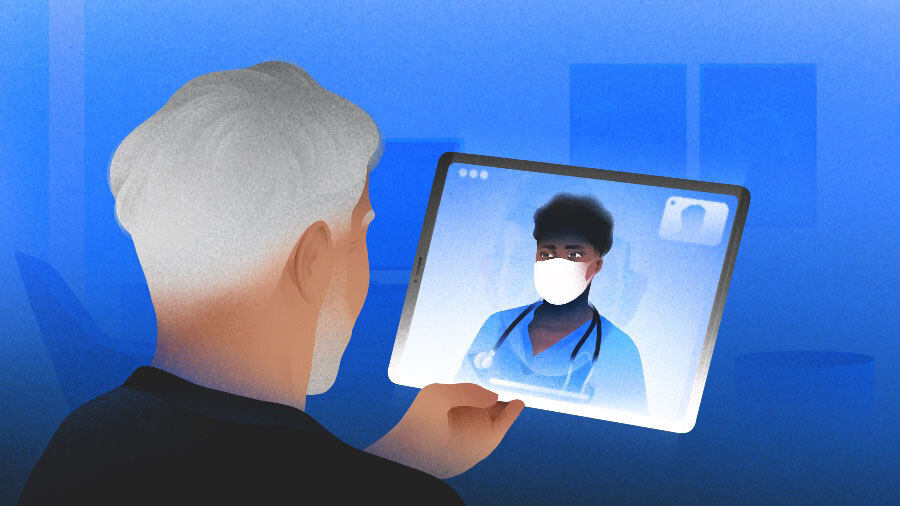The United States is bracing for a seismic public health issue that will affect every aspect of the health care system: Boomers, who are expected to be the oldest and longest-living elder population in history, will need more care as they continue to age, requiring more health care resources for the entire population.
As this happens, the health care system’s fragmented and disorganized infrastructure will get its biggest test since the pandemic. Accommodating the country’s large population will require an entire overhaul of how the system works.
Search less. Close more.
Grow your revenue with all-in-one prospecting solutions powered by the leader in private-company data.
Kelsey Mellard began thinking about how to create a health care system that works with the elderly population when she worked at the Center for Medicare and Medicaid Innovation. After stints at naviHealth and senior care tech platform Honor, she founded Sitka, a telehealth platform that helps patients navigate specialty care. The San Francisco-based company has raised $22.2 million in venture funding, per Crunchbase.
Telehealth access to specialty care is far more difficult than, say, finding a therapist or primary care physician. Part of the reason is because much of speciality care is, by nature, unique, and doesn’t always translate well to a virtual setting. But as the number of patients gets larger and the number of speciality care providers gets smaller, telehealth is going to be an increasingly important piece of the health care infrastructure as boomers age.
Could you paint me a picture of what reality we’re going to see soon with the boomer population getting older? What do they want? What do they expect out of their care? And what exactly is the thing we’re supposed to be preparing for?
Mellard: So there are assisted living, independent living, skilled nursing facilities. And that’s one aspect of how we think about the aging infrastructure. Historically, that group of people who housed many of our aging seniors hadn’t thought of themselves as health care providers until very recently.

I think there’s a type of convergence between how we think about housing needs and health care infrastructure, and navigational infrastructure as it relates to senior care today and moving forward. And we’re finally starting to see where those two things are recognizing one another and the value that each of these categories brings to the service.
The aging population — even if they’re aging relatively healthily — still start to utilize our system more and more as a direct correlation to age, which is going to continue to drive the need for more care models to be delivered at various sites of care. So we now see more home-based models, more models going into people’s assisted living, independent living facilities.
You touched on something I am very interested in, which is this very tangible need that we are going to see very soon. And then on the other side, this beautiful utopian concept of preventive care that does not really exist in our system as we know it. But there is going to be, I assume, a need for us to push more preventive health care systems forward just because that’s going to be important in caring for this population.
Mellard: Most people think you go into an assisted living facility to die, as opposed to, “I’m going to live, and I’m going to live well.” And there’s going to start to be more of that conversation driving some of the development in this space that we haven’t historically seen.
There’s also this strain on the health care system. I think it’s something that we found really interesting at Sitka. We practice medicine across state lines to bring different levels of efficiency into our system. And so while telehealth needed to spike as a result of the pandemic, that’s come back down.
But there is going to be this need for general digital health, maneuvering and navigating not only across state lines, but also across interested parties, like within the family member spectrum.
The rural nature of most of our country creates incredible challenges of accessing the right care knowledge at the right time. So we are going to continue to see more digital adoption occur, even into the aging population. Historically, there’s this big story that seniors don’t use tech. And I think the pandemic kind of largely proved that’s not accurate. Our aging population is actually very capable of using technology, which is great.
Illustration: Dom Guzman

Stay up to date with recent funding rounds, acquisitions, and more with the Crunchbase Daily.





![Illustration of 50+ woman on smartphone. [Dom Guzman]](https://news.crunchbase.com/wp-content/uploads/2021/01/Femtech_-300x168.jpg)
![Illustration of pandemic pet pampering. [Dom Guzman]](https://news.crunchbase.com/wp-content/uploads/2021/03/Pets-2-300x168.jpg)


67.1K Followers